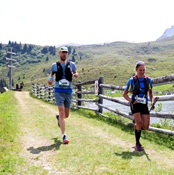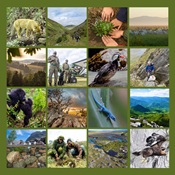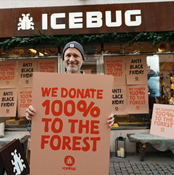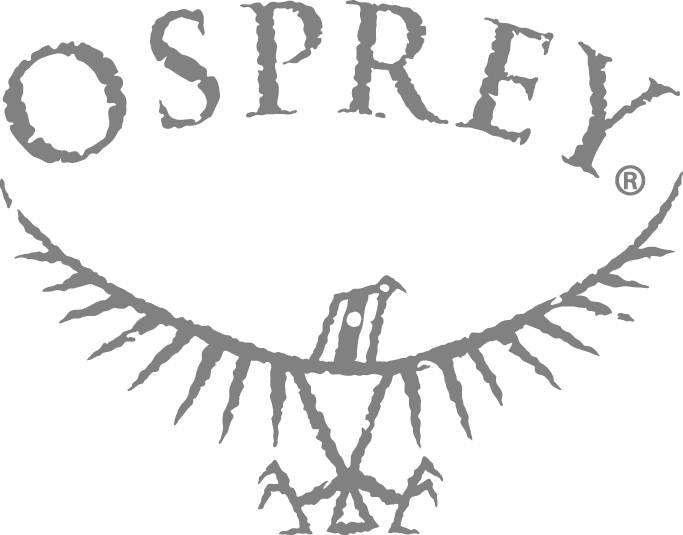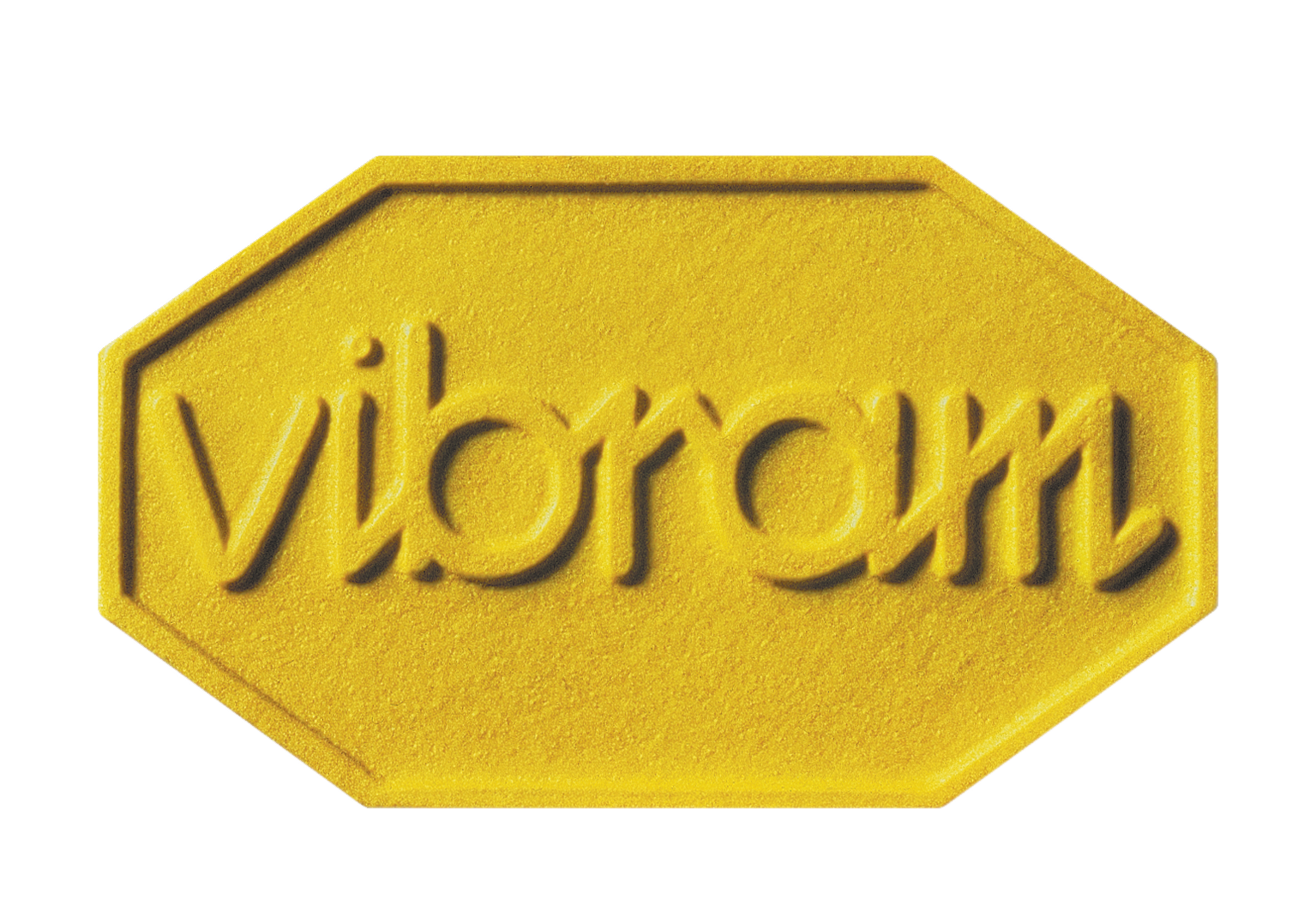 Douglas Tompkins, a noted conservationist and the founder of the clothing brands The North Face and Esprit, died on Tuesday during a kayaking trip in Chile.
Douglas Tompkins, a noted conservationist and the founder of the clothing brands The North Face and Esprit, died on Tuesday during a kayaking trip in Chile.
The 72-year old was on General Carrera Lake in Patagonia in southern Chile with a group of five others when he was knocked over by a strong wave that flipped his kayak and pushed him into the icy waters.
Local officials said Mr. Tompkins was pronounced dead of severe hypothermia in the intensive care unit of the hospital in Coyhaique, a town more than 1,000 miles south of Santiago. All five of his companions were unharmed.
Founder of The North Face
“He flew airplanes, he climbed to the top of mountains all over the world” said his daughter Summer Tompkins Walker. “To have lost his life in a lake and have nature just sort of gobble him up is just shocking.”
A lifelong outdoorsman, Mr. Tompkins made his fortune in retailing, but would later shun the business world to pursue his passion for nature and conservationism.
Douglas Rainsford Tompkins was born March 20, 1943, in Ohio. The family briefly lived in New York City before settling in Millbrook in the Hudson Valley. He discovered the passion for outdoors activities soon: he began rock climbing at age 12 in the Shawangunk Mountains and by age 15 he was skiing and climbing mountains in Wyoming. He attended Connecticut’s Pomfret School, but never finished it and did not attend college. Instead, he set off in search of adventure. At age 17, he headed to Colorado, working in Aspen and saving money for a year before flying to Europe to ski the Alps. He then traipsed through the Andes and South America until 1962, when he returned to the United States for work.
Mr. Tompkins founded The North Face now part of VF Corporation, as a small ski and backpacking retailer in San Francisco in the mid-1960s. The company markets clothing and gear to hikers, mountain climbers and other outdoor enthusiasts under the famous slogan “Never Stop Exploring”, a mantra he helped to forge.
The early years set the design standard of good quality sleeping bags, backpacks, and mountaineering tents. Around 1966, Tompkins and his partner designed The North Face tents that were some of the first to avoid a pole in the middle, by using bendable rods that push out in their sleeves instead. This design also increased the strength of the tent because the domed shape allowed the wind to roll over the tents. These tents were widely copied throughout the world.
Adventure with Yvon Chouinard
In 1969, Tompkins sold The North Face to focus on adventure film making. In 1968, Tompkins headed off on a six-month road/adventure trip from California to Patagonia, along with Yvon Chouinard and two other climbing friends. They put up a new route on Mount Fitzroy, and made an adventure film, Mountain of Storms, about their experience. The 2010 film 180 Degrees South: Conquerors of the Useless describes a modern-day recreation of this journey.
Not only outdoor clothing: Esprit
Tompkins also co-founded clothing company Esprit. Before becoming an internationally recognised brand, Esprit started with him and his then-wife selling “plain Jane” dresses out of their station wagon. Known for its casual sportswear and lifestyle clothing, Esprit found success in the 1980s that would fuel much of the conservation work that occupied Mr. Tompkins for much of his working life. But by 1990, he had grown disillusioned with the corporate world, and sold his stake in Esprit. Mr. Tompkins and Ms. Buell eventually separated, but remained in touch even after Mr. Tompkins and his second wife, Kristine, a former chief executive of the clothing company Patagonia, moved to South America. They split their time between Chile and Argentina and concentrated their conservation efforts in both countries.
An engaged environmental activist
Growing increasingly concerned about the ecological impacts of the fashion industry, Tompkins turned his back on the corporate lifestyle and he moved to Chile where he had spent much time climbing, kayaking, and skiing, to focus on land conservation and environmental activism.
He founded the Foundation for Deep Ecology in 1990, which supports environmental activism, and The Conservation Land Trust in 1992, which works to protect wildlands, primarily in Chile and Argentina. In Chile he also started acquiring land, attracting the ire of local politicians and business interests opposed to his efforts to conserve vast tracts of threatened wetlands.
He used his vast fortune to buy roughly 2.2 million acres of land through his various conservation groups. That included Pumalín Park, one of the world’s largest private parks, protecting 715,000 acres of rain forest that stretches from the Pacific Ocean to the Andes Mountains. It is named in honor of the pumas that roam the park’s virgin forests.
In 2000, he and his wife founded Conservacion Patagonica to create national parks in Patagonia, the southernmost region of Chile and Argentina. He was also part of environmental advocacy group “Patagonia Without Dams,” which opposed the construction of huge dams for power generation company HidroAysén.
“Like many thinking people, we see biodiversity and ecosystems collapsing around us. So we’ve rolled up our sleeves and gotten to work. We have no choice: otherwise we might as well kiss our beautiful planet goodbye” – Mr. Tompkins website
Sources: Tompkingsconservation.org
The New York Times
Jessica Ceotto – Mountainblog.eu


